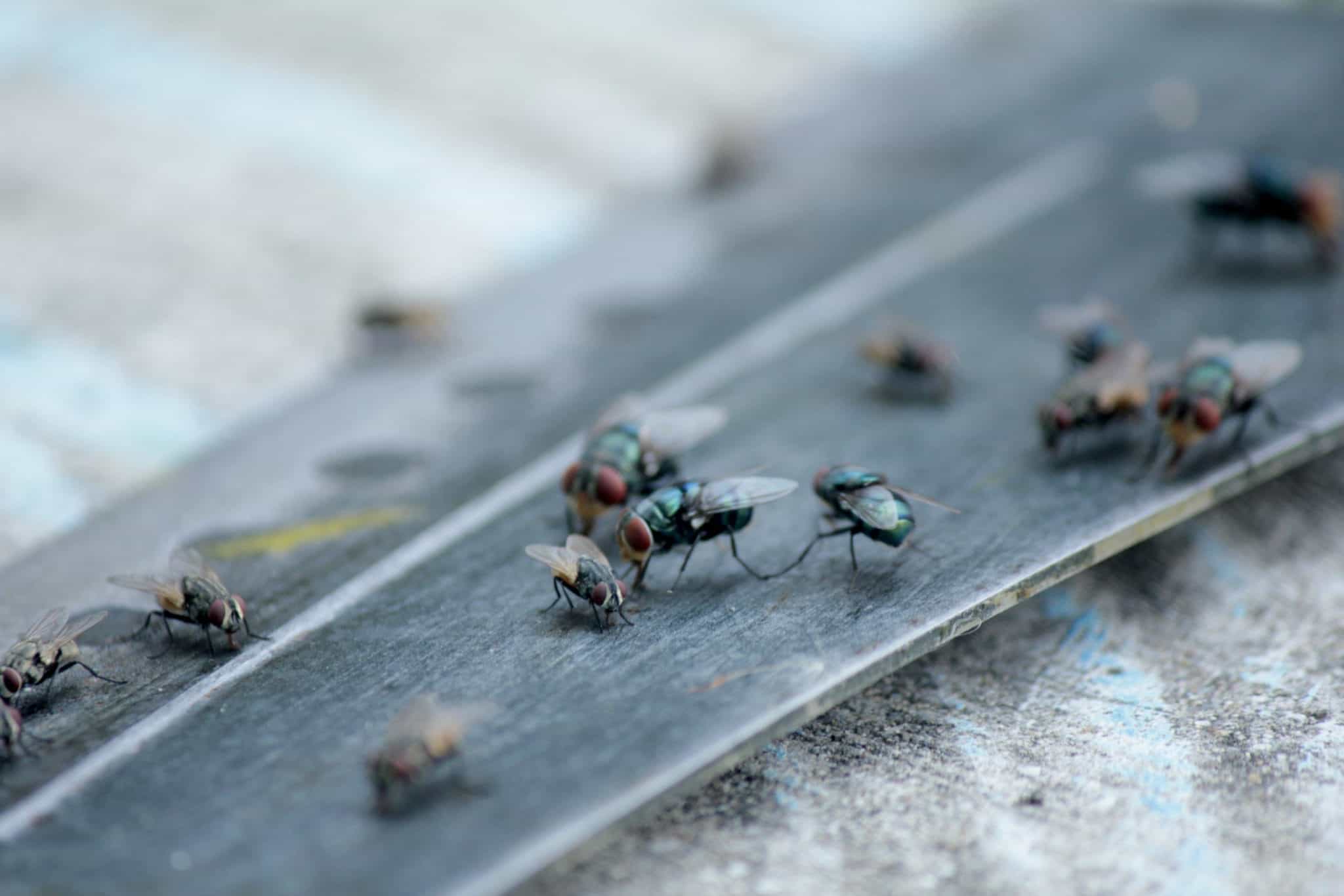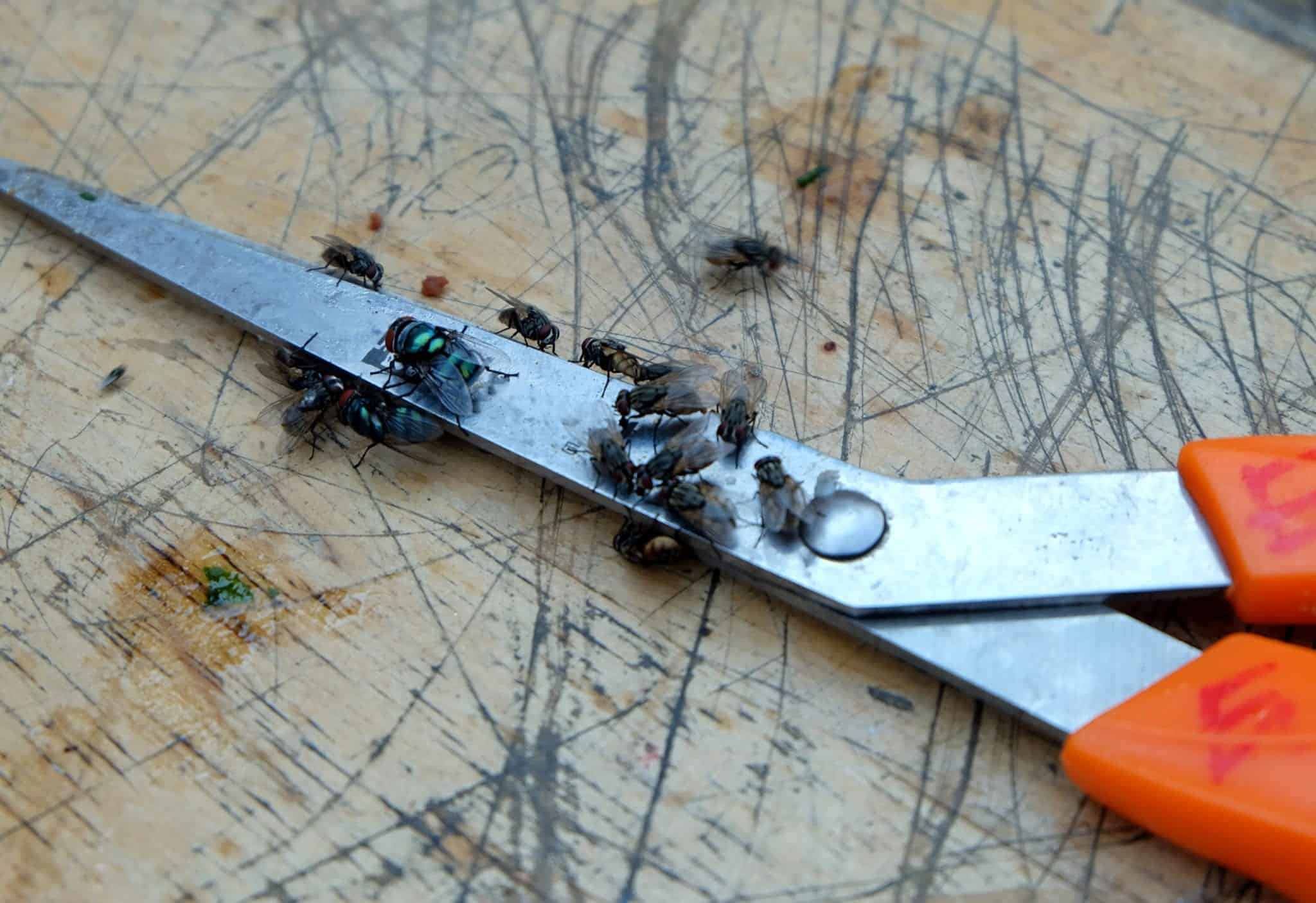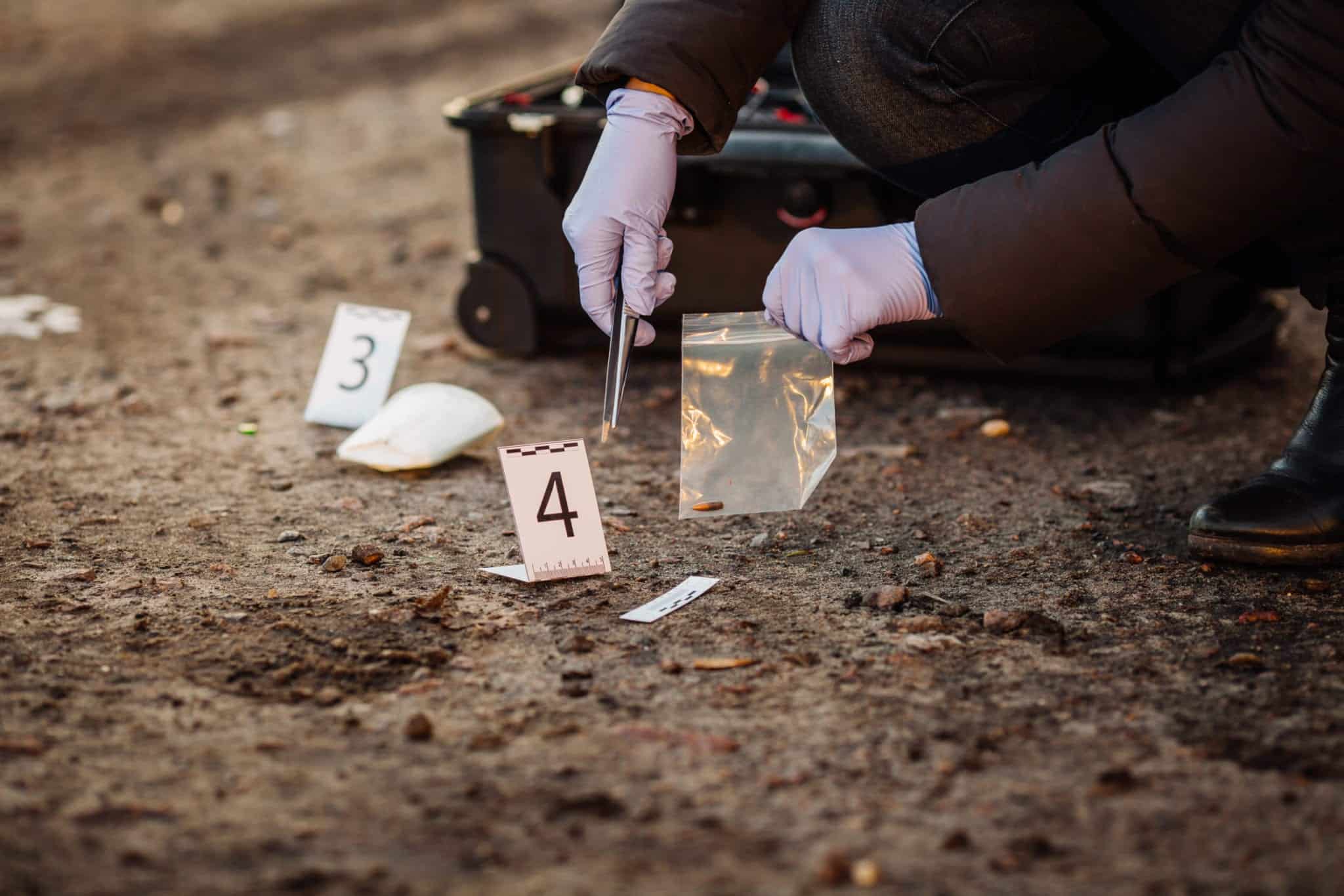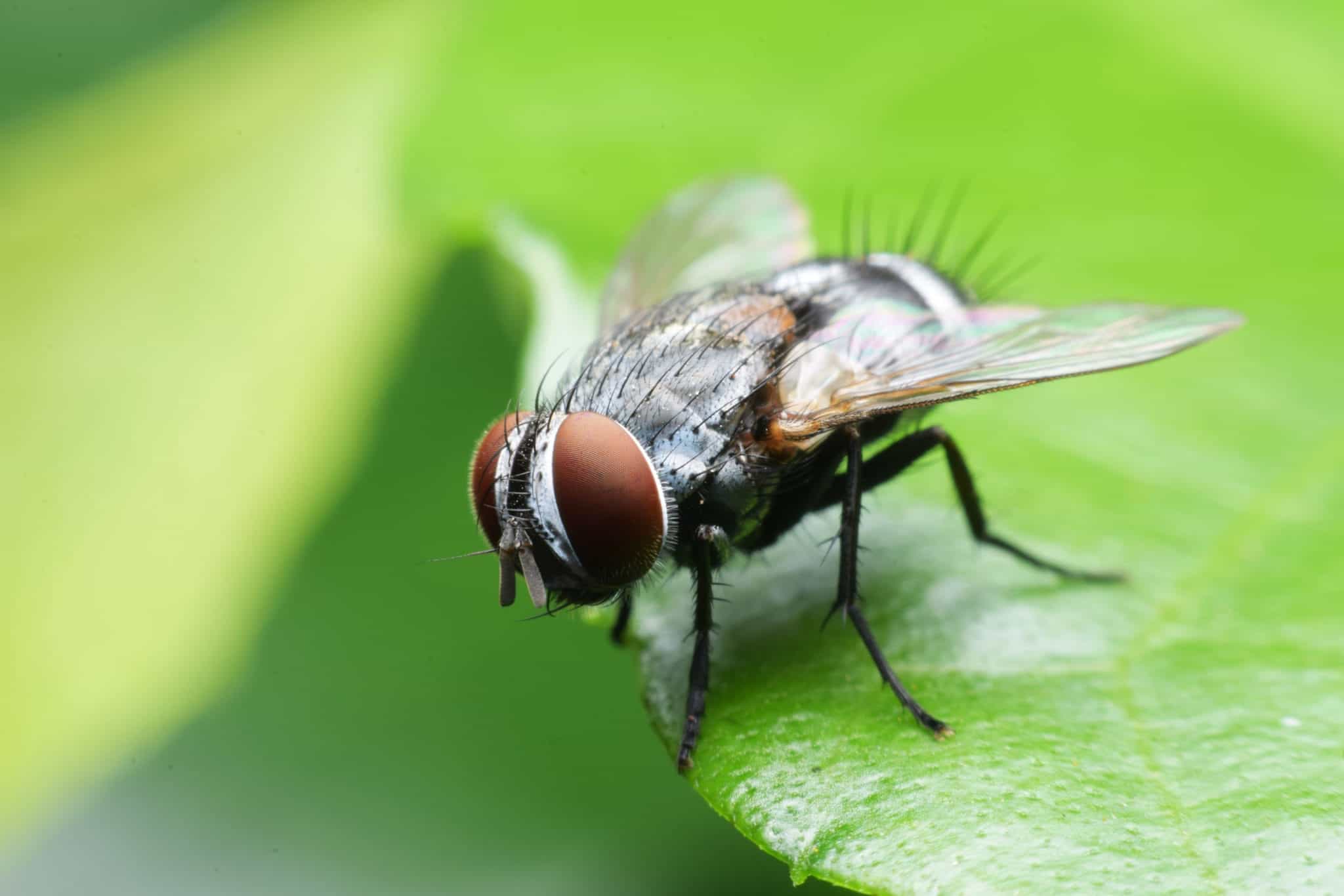Forensic Entomology and Flies
Forensic Entomology and Flies
A Nasty Attraction
Fly infestations are caused by a stimulant, and often the stimulant has to do with sanitation. This is due to the fact that flies are attracted to pungent smells and rotting materials. This is why fly infestations can often occur around garbage cans, compost sites, and other areas with waste. Unfortunately, this also means that house fly infestations are not something exterminators can typically treat – rather, it is a matter of simply removing the source to rid the area of flies. However, sometimes these fly infestations can be helpful – specifically when it comes to crime scenes. 
Forensic Entomology
Forensic entomology is the study of both insects and arthropods in the setting of a crime scene or within the context of a criminal investigation. This tactic is used when dead bodies or decaying matter is at the scene, as these are what will cause flies, and other similar insects, to flock to the area. Surprisingly, the use of forensic entomology dates back to the 13th Century China. The events were recorded in the book The Washing Away of Wrongs by Sung Tzu and explained how a killer was identified following the discovery of a dead farmer in a field. The man had clearly been attacked with a sharp weapon, so all of the other men in the area were instructed to surrender their sickles for the investigators to examine. When the blades were all placed near one another and left out in the open, only one of the sickles attracted blow flies, indicating the existence of trace blood on the blade and successfully extracting a confession from the murderer. 
What Does Forensic Entomology Contribute?
During decomposition, cells begin to break down and molecules known as apeneumones begin to escape from the deceased body. These apenemones are what attract the flies. The most common flies to be found at crime scenes include blow flies (Calliphoidae), flsh flies (Sacrophagidae), and house flies (Muscidae). Blow flies are usually the first to arrive to these “putrescent parties” and, as such, can often help indicate to investigators how long an individual has been deceased. Along with helping to establish time frames of crimes, flies at crime scenes can help forensic entomologists to determine:
- Locations of crime scenes/the site of attacks or murders
- Entomotoxicology – if a body is too decayed to conduct proper toxicology assessments, the fly larvae that have been consuming the corpse can still have traces of drugs within them that had been in the body of the deceased
- Reveal the sites of corpses (sometimes even corpses that were hidden to unsuspecting eyes
- Locate trace amounts of bodily fluids and other important substances that can be collected as evidence

Don’t Forget the Tuna!
Forensic entomology has become a key element to solving crimes and ensuring a crime scene has been fully examined. As such, it is increasingly important for investigators at crime scenes to do their best to collect and preserve and flies, their larvae and their eggs in order to deliver them to a forensic entomologist for proper analysis. In the past, forensics teams would attempt to lure in the flies with thawed out pieces of meat, which would be kept in a container with the insects in order to attempt to sustain them until a forensic entomologist could get to them. This method, while somewhat effective, was difficult, messy, and sometimes arrived at the crime scenes rather late to be as effective. However, following a study titled “Analysis of Alternative Food Sources for Rearing Entomological Evidence,” investigators are now being encouraged to bring cans of tuna to crime scenes. Leader of the research study, Lauren Weidner, Ph. D. of Arizona State University states, “our aim was to find a food source that could be easily implemented in crime laboratories to increase the frequency of entomological evidence collection, as well as to improve the chances of insects surviving for long enough to reach a forensic entomologist.” 
Frustrating Flies
So, while flies may be incredibly annoying, they can be extremely helpful as well. But don’t worry, if flies are in your home, it’s a rather common occurrence and most likely has nothing to do with a crime whatsoever… unless the crime is forgetting to take out your garbage for far too long… 
Citations
Joseph, I., Mathew, D., Sathyan, P. and Vargheese, G. (2011) “The Use of Insects in Forensic Investigations: An Overview on the Scope of Forensic Entomology,” Journal of Forensic Dental Sciences, 3(2), pp. 89–91. Available at: https://www.ncbi.nlm.nih.gov/pmc/articles/PMC3296382/ (Accessed: 2020). Ricciuti, E. (2020) Why Forensic Entomologists Say Crime-Scene Investigators Should Carry Cans of Tuna, Entomology Today. The Entomological Society of America. Available at: https://entomologytoday.org/2020/04/15/why-forensic-entomologists-say-crime-scene-investigators-should-carry-cans-tuna/ (Accessed: September 2020).
Request a Free Quote Today
(We do not share your data with anybody, and only use it for its intended purpose)


